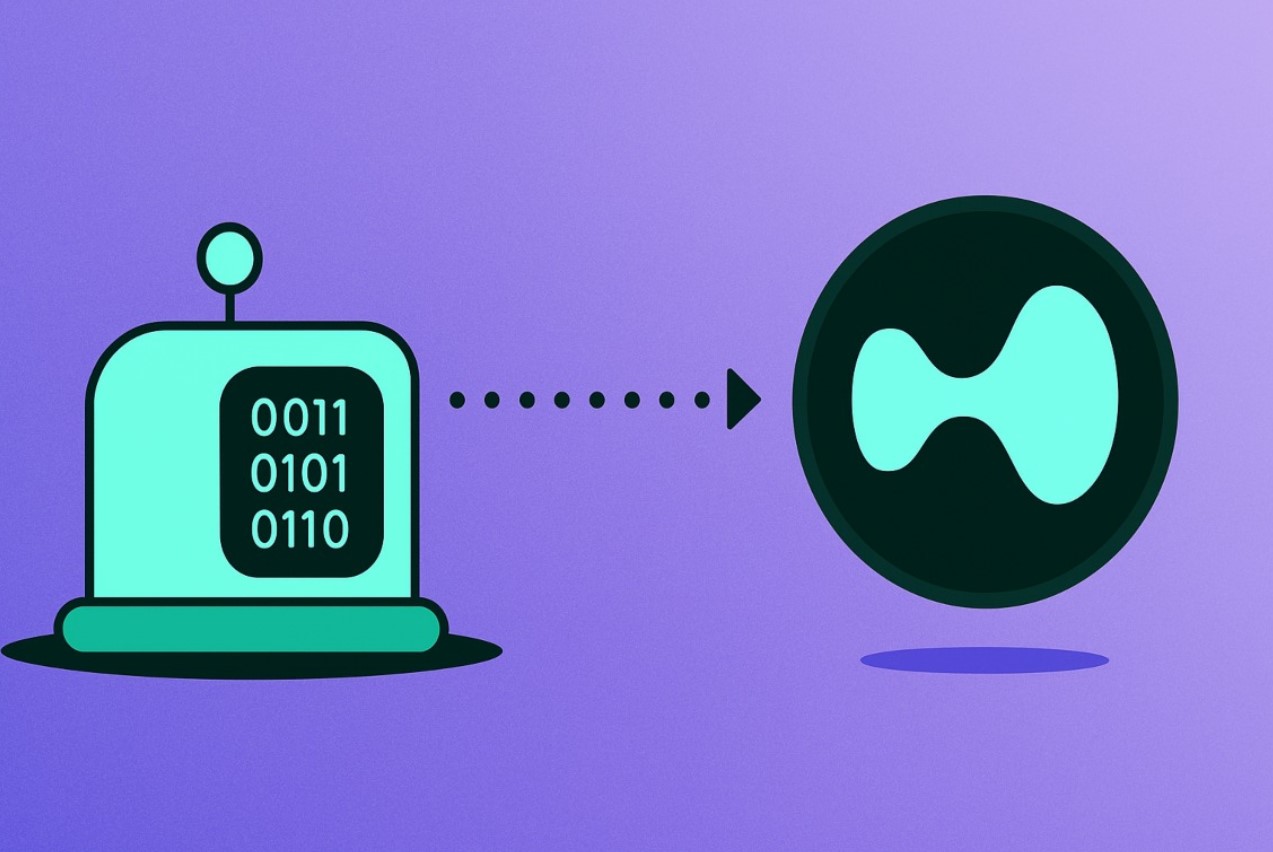The Hyperliquid community is locked in a heated debate over a new proposal called HIP-5, which could reshape how the decentralized exchange uses its revenue. The plan would create a secondary assistance fund to support ecosystem projects, redirecting a small slice of existing buyback fees — a move that has sharply divided users.
HIP-5 Proposal Aims to Widen Support for Builders
At the heart of HIP-5 is a call to diversify how Hyperliquid allocates its trading fees. The proposal, shared by co-author Ericonomic on X and the Hyperliquid Discord, suggests that up to 5% of total protocol fees be redirected to form a second assistance fund (AF2).
Currently, Hyperliquid uses 99% of its revenue to buy back its native token, HYPE, through its main assistance fund. Under the new plan, AF2 would also buy back select ecosystem tokens such as PURR, and upcoming assets from Kinetiq, Felix, and other HyperEVM protocols.
The main idea behind HIP-5 is to fuel development and long-term growth by rewarding projects that strengthen the Hyperliquid ecosystem. Proponents say it would give builders more reasons to develop within the platform, ensuring that Hyperliquid’s expansion benefits a wider group beyond HYPE holders.

Below is a simplified version of how the fee distribution could change if HIP-5 is approved:
| Revenue Allocation | Current Model | HIP-5 Proposed Model |
|---|---|---|
| HYPE Buybacks (AF1) | 99% | 94–95% |
| Ecosystem Buybacks (AF2) | 0% | Up to 5% |
| Treasury and Misc. | 1% | 1% |
Community Concerns About Centralization and Manipulation
Not everyone is on board. The proposal has sparked fears that the new fund could open the door to manipulation, favoritism, or governance capture.
A community member known as Altoshi shared concerns on X, warning that allocating fees to third-party projects could create opportunities for exploitation. “Respectfully, I don’t support this,” he wrote. “Allocating fees to third-party projects may lead to bribery, and cabals milking money from the DAO.”
He added that the USDH voting process, which would allow HYPE stakers to vote on which ecosystem tokens to buy, could be weaponized. “This would lead to some groups using AF2 as the exit liquidity for their seed investments. This is exactly what happened to Cosmos $ATOM and Polkadot $DOT,” Altoshi said, pointing to past governance issues in other major blockchain ecosystems.
Supporters See a Catalyst for Innovation and Growth
On the other side of the debate, many users view HIP-5 as a crucial step toward long-term ecosystem health. They argue that the secondary fund could incentivize innovation, boost token utility, and increase community engagement in governance.
Anonymous trader and Hyperliquid supporter Purrteil praised the proposal, saying it aligns with his long-standing views. “This is literally what I spoke about since TGE. Would love to see it happen,” he wrote.
He added that HIP-5 could have a magnetic effect on builders across the decentralized finance (DeFi) space. “It will encourage literally every single builder in the space to build on top of HL, because their token would participate in this. Meanwhile, it brings another utility for $HYPE,” he said.
Supporters believe HIP-5 would transform HYPE from a single-token governance asset into a central force of the Hyperliquid ecosystem.
What HIP-5 Means for HYPE Holders and Builders
Under the proposed framework, HYPE stakers would be granted voting rights to decide which ecosystem tokens are eligible for buybacks and in what proportion. This would effectively give the community power to direct a slice of Hyperliquid’s financial support toward emerging projects they deem valuable.
If approved, HIP-5 could introduce new dynamics to Hyperliquid’s token economy:
-
Expanded Governance Role: HYPE stakers gain more influence over ecosystem direction.
-
Incentivized Building: New projects could receive indirect financial support through token buybacks.
-
Shared Value Creation: Revenue would be distributed across a broader base of stakeholders.
However, critics caution that such power could lead to political blocs forming within the DAO, resulting in unequal benefits or potential misuse of funds.
A Growing Trend Among Decentralized Exchanges
Hyperliquid’s proposal mirrors a broader shift among decentralized exchanges experimenting with revenue diversification. Platforms like Uniswap and dYdX have also explored mechanisms to fund development and community initiatives using trading fees.
According to data compiled by DefiLlama in October 2025, Hyperliquid’s 30-day trading volume surpassed $9 billion, making it one of the most active on-chain derivatives exchanges. With that scale, even a small reallocation of 5% could translate into millions in ecosystem funding annually.
That financial potential is what makes HIP-5 both promising and polarizing. It represents a move toward sustainability and decentralization — but also raises questions about whether the governance structure can resist self-serving influence.
The Road Ahead for HIP-5
As discussions unfold, the Hyperliquid community is expected to hold a formal vote on HIP-5 in the coming days. Voting will likely take place through the USDH governance portal, where token holders can weigh in on whether to adopt or reject the new model.
If approved, implementation details such as allocation limits, transparency mechanisms, and selection criteria for eligible projects will be outlined in follow-up governance proposals.
For now, the debate continues across Discord channels and social media, where #HIP5 and #Hyperliquid have begun circulating among DeFi traders and community watchers. Whether HIP-5 becomes a turning point for Hyperliquid or a cautionary tale will depend on how the DAO navigates the balance between growth and governance.
In the end, the proposal reflects a defining question for decentralized finance: Can innovation and decentralization coexist without compromise?
The Hyperliquid community is about to find out. What are your thoughts on HIP-5 — bold step forward or risky gamble? Share your views on X and tag #HIP5 to join the ongoing discussion.









